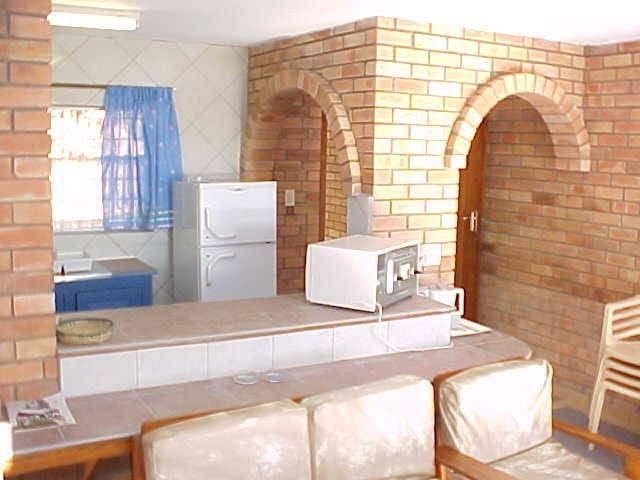With ecosystems ranging from steamy sub-tropical forests and mangrove swamps to snow-clad mountains with a whole lot between, KwaZulu-Natal is probably South Africa’s most diverse province. South Africa’s biggest port is situated in a city that revels in a fascinating mix of Asian, European and African influences. Durban has the largest Indian population of any city outside India and it sho
With ecosystems ranging from steamy sub-tropical forests and mangrove swamps to snow-clad mountains with a whole lot between, KwaZulu-Natal is probably South Africa’s most diverse province. South Africa’s biggest port is situated in a city that revels in a fascinating mix of Asian, European and African influences. Durban has the largest Indian population of any city outside India and it shows, particularly in the delicious curries that can be found in smart restaurants as well as greasy little corner take-aways where they are usually sold as Bunny Chows – a real Durban original.
The province’s double-barrelled name is a clue to its troubled history. Durban was called Natal by the Portuguese explorer, Vasco da Gama, who put in there on Christmas Day in 1497. The name stuck to the province, if not the city, and it remained Natal until 1994 when it was tagged on to the end of KwaZulu, which is the more politically correct term for what the British Colonialists called Zululand – basically the place of the Zulus. The area north of the Tugela is still called Zululand to differentiate it from the rest of the province, because this is the heart of Zulu territory. It is here that Zulu Kings are traditionally buried in the Valley of the Kings, or Emakhosini. The many historical battlefields in Zululand and in the surrounding areas bear witness to the turbulent history of this tempestuous province.
The beaches range from long, deserted tropical paradises to fun and funky urban playgrounds lined with hotels, restaurants, casinos and every conceivable amusement. The surfing is amazing with some of the world’s top surfers – people like Shaun Thomson and Twiggy Baker – having honed their skills here since they caught their first few shaky little waves. And the diving is incredible with all the usual little colourful tropical fishies and the not-so-little not-so-colourful pelagic monsters – from kings and queens to Zambezis and hammerheads.
The KZN countryside – particularly in the Midlands – is a paradise for rat race refugees who feel the need to escape urban life and open a small guest house or coffee shop. Or make goat cheese or brew beer, or whatever. The high altitude Ukahlamba Drakensberg is one of KwaZulu-Natal’s world heritage sites. The other is the beautiful Isimangaliso Wetland Park. In the Drakensberg, there is amazing hiking, fly fishing, paragliding, horse trails and birding, while Isimangalisa is renowned for its superb game viewing, wonderful diving and turtle watching.

